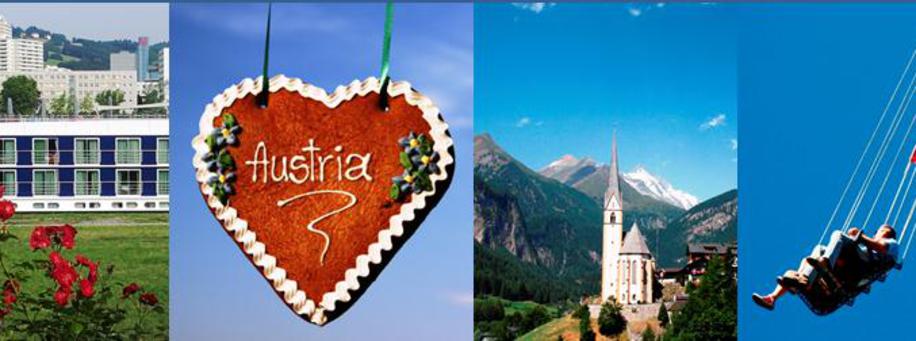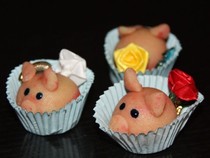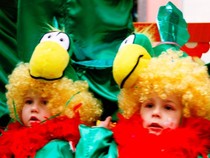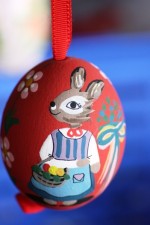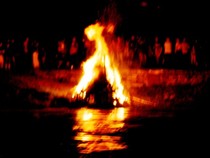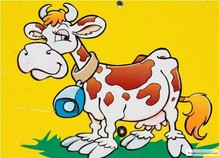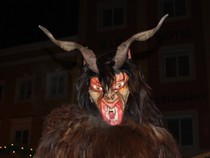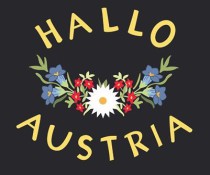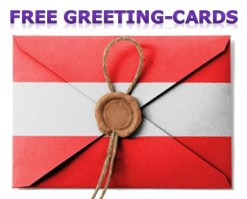New Year's Eve and New Year
December 31/1 January
When the clock strikes midnight on New Years Day, there is a great tradition of celebration. People exchange presents and lucky charms such as images or replicas of pigs, chimney sweeps, horseshoes, ladybugs, mushrooms or four-leaf clovers.
In Vienna, one can hear the ringing of the ‘Pummerin’ (the church bell in St. Stephen's Cathedral). The music of the bells is also broadcast live on the radio throughout Austria.
Not to be missed is the world-famous New Year's concert, which is even televised from Vienna to over 70 countries.
Carnival
January / February
Between the day of the Epiphany on January 6 and Ash Wednesday is Carnival, which is a widely celebrated time of antics. In particular, the Carnival time is observed with many private and public balls and costume parties. Just in advance of Ash Wednesday there are parades in which children and adults march through the streets wearing elaborate costumes. For some it is a happy way to drive out winter and for others it is a time to let loose before the beginning of Lent.
The festivities are designed differently for each region. The most famous carnival is held in Villach (Carinthia), the carnival sessions (Villach Carnival) are televised yearly.
Easter
April
The Easter Bunny brings gifts and colorful eggs (painted eggs, chocolate eggs) for children in Austria. The legend is that the Easter Bunny picks up eggs from the chickens and paints them himself. Exactly how it came to pass that a rabbit is responsible for bringing the eggs is no longer passed down, but the practice can be traced back as far as the 17th century. In any case, in addition to Easter eggs there are many chocolate Easter bunnies giving out as well.
Maypole
May 1st
The Maypole is a symbol of the spring’s over the winter and is installed in many locations. Usually it is already in place and decorated on 30 April. On the eve of May 1st, it is a tradition for neighboring villages to try and steal each other’s Maypoles. So, it is critical that each village protects its Maypole. In the event of one village possessing the Maypole of another’s, then instead of enjoying traditional Maypole dancing, the sleeping guard must pay the for drinks at the tavern of the "victorious" boys.
Here is a great video depicting the installation and celebration of the Maypole in the town of Gmunden:
Summer solstice
June
In late June on the shortest night of the year, many fires and bonfires burn to celebrate the summer solstice. Originally a Celtic tradtion, summer solstice bonfires are now lit in both the valleys and the mountains across Austria. The ritual is made to cleanse out all evil. Often, there is even an effigy burnt in the fire as a symbol of evil.
Almabtrieb ("to drive the cattle from the mountain pasture")
September
In September, cows and calves, which spent the summer high in the mountains pastures are driven home back home to their farms. Often, the animals are decorated with flowers, branches, and colored ribbons. When the animals return from the meadows and pastures safe and healthy, the farmers are thankful. The time of the cattle drive depends on the weather and so it will be at a different time in each region, but usually in September.
Christmas markets in Vienna
In Austria, it is not Santa Claus but the "Christkindl" who brings Christmas gifts in the evening of December 24th. Once the Advent season begins, in mid-November many Christmas Markets (= Advent Markets) open their doors and their huts. These markets take place across the country, but the best-known Christmas Markets are found in Vienna. For example, in the Rathaus City Hall square, front of Schönbrunn Palace or the Christmas villages between the Natural History and the Museum of Fine Arts (Mary Theresienplatz), in front of the Belvedere Palace or on the former campus of the central hospital "Altes AKH". One special Christmas Market nearby to Vienna is in Schloss Hof
List of Christmas markets in Vienna
>>>
List of Christmas markets in Austria >>>
More Christmas markets (in German)
December
The Krampus is a mythical creature modeled on the character of the devil complete with a horned mask, dressed in furs, and wearing belts with hanging bells. Throughout Austria, around the time of the 6th of December are events called ‚Krampuslauf’ meaning runs. During which groups of Krampus parade through villages. Krampus punish naughty children (often actually with rods). Through they are frightening, the Krampus are often accompanied by St. Nicholas who gives the good children goodies. The legend of Nikolaus is based on the story of Saint Nicholas of Myra (3rd century). The custom pf Krampus and Nikolaus dates back to the Habsburg Empire and is still celebrated today.
>>> Krampusse and Nikolaus in Gastein
